Puebla has a uniquely colored porcelain style called Talavera, and is also where the sweet and spicy mole poblano sauce was invented.
So, Let’s know the best things to do in Puebla Mexico.
We have some of the best things to do in Puebla.
Our youtube channel
Table of Contents
Africam Safari in Puebla, Mexico

Latin America’s largest safari park is within 30 hours of Puebla’s Centro Histórico.
So,The purpose of this attraction is to recreate African habitats as much as possible.
In their gigantic cloaks the animals roam freely and you can see them in your own car or in a guided bus.
The habitat is modeled after Botswana’s Okavango Delta, featuring savannah species such as impalas, giraffes, African elephants, ostriches and lemurs. They have.
Serengeti and Kalahari (white rhinoceroses) reserved for lions, zebras, wildebeests, and cape buffalo.
So,the Adventure Zone is more like a traditional zoo, with X-Mahana, a Mayan-themed butterfly attraction, a botanical garden, and enclosures, for kangaroos and wallabies and terrariums for reptiles, insects and amphibians.
Cantona in Puebla, Mexico
Located on the trade route connecting Mexico’s Central Highlands and the Gulf Coast, Mesoamerica It was the largest pre-Hispanic city in the United States.
Cantona was one of the prominent regional centers after Teotihuacan lost hegemony in the second half of the 1st millennium AD.
A favorite is that although the site boasts a 12-square-kilometer low pyramid and an acropolis with 3,000 patios, houses and temples, only 1% of the site is believed to have been uncovered.
A total of 24 night courts unearthed in Cantona has been unearthed more than any other Latin American city.
There is a small museum detailing Cantona’s origins and history, while expanding the Acropolis makes clear the overall size of the site.
Museo de la Revolución Mexicana in Puebla
de los Hermanos Serdán Also known as Casa de los Hermanos Serdán.
The museum is home to 17 members of the Serdán family, who were famous figures at the beginning of the Mexican Revolution (1910-1920).
They were part of the anti-Semitic movement against President Porfirio Díaz and supported the calls for an armed uprising by the banned candidate Francisco I Madero.
When the Díaz government learned about the Serdán family’s revolutionary plans, they raided the house and attacked the brothers Aquiles and Máximo. They killed Serdán and 12 of their colleagues and made them raise the women of the family.
The facade of the house is still bullet-perforated, so the interior has not been altered.
The rooms facing the street have furniture damaged in the shooting, and the modern bronze reliefs of brother and sister Carmen are the home of the house.
Estrella de Puebla
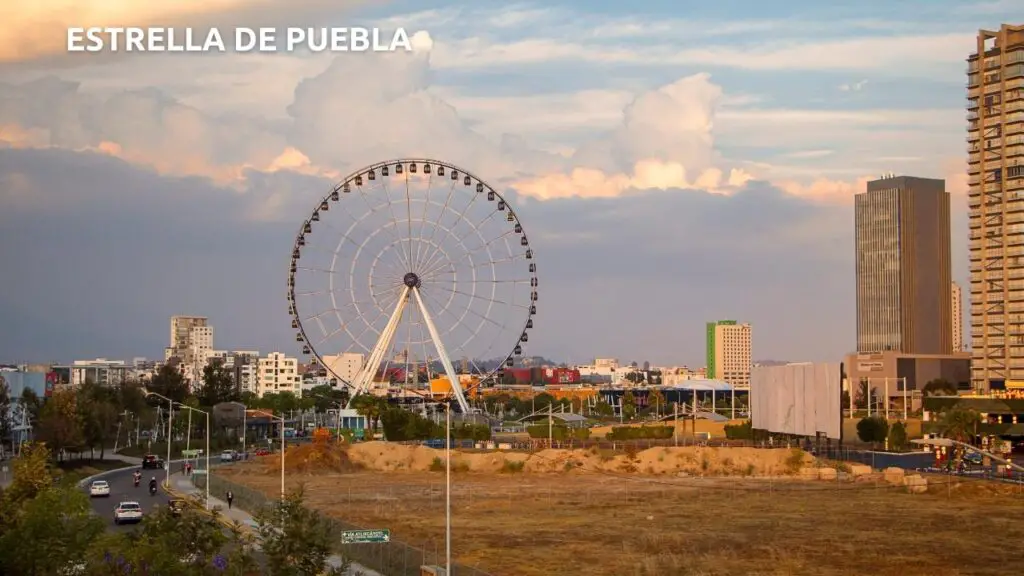
Puebla de Zaragoza, west of downtown Puebla, features Parque Lineal, Ecoparque Metropolitano, and Jardín del Arte. .
Here, the Angelipolis Lifestyle Center is the city’s largest shopping mall with over 150 shops.
But the star of the show is officially the Estrella de Puebla, the world’s largest portable observation vehicle.
Built in 2013, the Ferris wheel It is 80m high and takes 20 minutes to complete a turn on one of the sealed gondolas.
Paris Market in Puebla

Zócalo, was built in 1805 and turned into a permanent arts and crafts market in 1961.
More than just a place to shop for souvenirs, Parian Market is the place to meet the traditional know-how of Puebla. There are
dozens of stalls selling Talavera pottery, and Puebla is one of only five in Mexico. (There are 4 locations in the state of Puebla), and this porcelain is certified.
Other crafts sold at the Parian market include leather goods, textiles, candles, pewter, copper work and figurines.
Iglesia de Santa María Tonantzintla in Puebla, Mexico
The municipal government of San Andrés Cholula, a few minutes west of central Puebla.
It has created a special folk-Baroque colonial era that blends indigenous Catholic traditions with indigenous Catholic traditions. Church.
The Iglesia de Santa María Tonantzintla was built in stages from the 16th to the 19th centuries.
And a Franciscan priest gave the newly evangelized Aboriginal church free reins to decorate the interior.
As a result, a mass of faces, fruits, flowers and plants. A multicolored sculpture came into existence.
If you want to count the countless faces on the ceiling, you will be here for days.
As for the meaning, it can glorify the Virgin Mary, but it could also be the sky of Tlaloc (Aztec god of rain).
In some cases, the face sea is not the angel’s, but the victims of drowning and lightning are born in the sky.
Calle de los Dulces in Puebla
Launched shortly after Templo de Santo Domingo.
Avenida 6 Oriente has been nicknamed Calle de los Dulces (Street of Sweets).
With over 40 shops serving traditional sweet treats.
These are convents. You return to the Convent of Santa Clara, where you’ve thought of all the recipes from the colonial era.
Here are a few delicacies that start at Los camotes de Puebla.
They make a colorful blend of sweet potatoes and sugar.
It rolled into sausage shapes and rolled with lemon Seasoned with juice and wrapped in wax paper.
Tortitas de Santa Clara are small tarts stuffed with sweet calabaza (winter squash).
And muéganos are sweet, crunchy bites seasoned with cinnamon.
Casa de los Maníacos
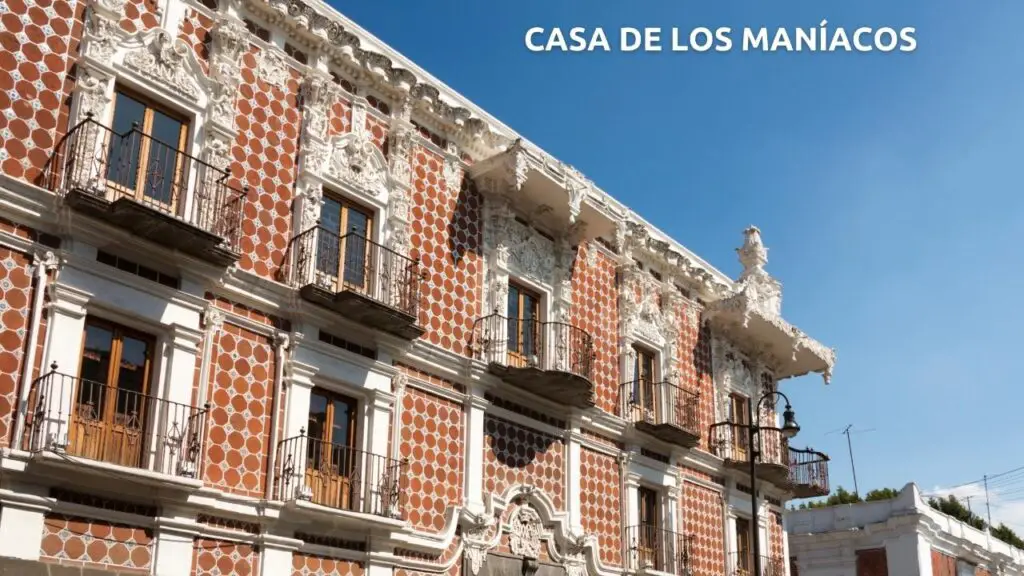
The first block to the northeast of Zócalo contains a fine 18th-century Baroque house with a façade decorated with tiles and carvings.
The most striking feature is in motion. This is a set of 16 mosaics depicting strange characters captured.
All legends swirl around this figure, called los Muñecos (doll). In the corners above the mosaics there are rushes and atlases, which are seamlessly decorated in Parconian style.
Casa de los Muñecos is the headquarters of the Benemérita Universidad Autónoma de Puebla and also houses the University Museum. The
galleries include José Luis Rodríguez Alconedo and Cristobal de Prominent painters like Villalpando.
It displays as well antique scientific instruments, furniture, plaster and artwork.
Bibl in Puebla
Founded in 1646, the Biblioteca Palafoxiana was Mexico’s first public library during colonial times.
So, it is the oldest library in all of America.
In one long hall with a crucifix vault on the ceiling, carved from the time of the Conqueror Hernan Cortes in the 16th century, are three storeys high wooden shelves containing 41,000
books, manuscripts and documents, such as original maps.
It was founded by Juan de Palafox y Mendoza, the illegitimate son of a nobleman in the city, and joined the clergy and became Bishop of Puebla in 1664–1655. Some of the many volumes are displayed.
Due to the great age of the library, scholars are now required to apply for a permit to study at the Biblioteca Palafoxiana.
Museo Amparo in Puebla
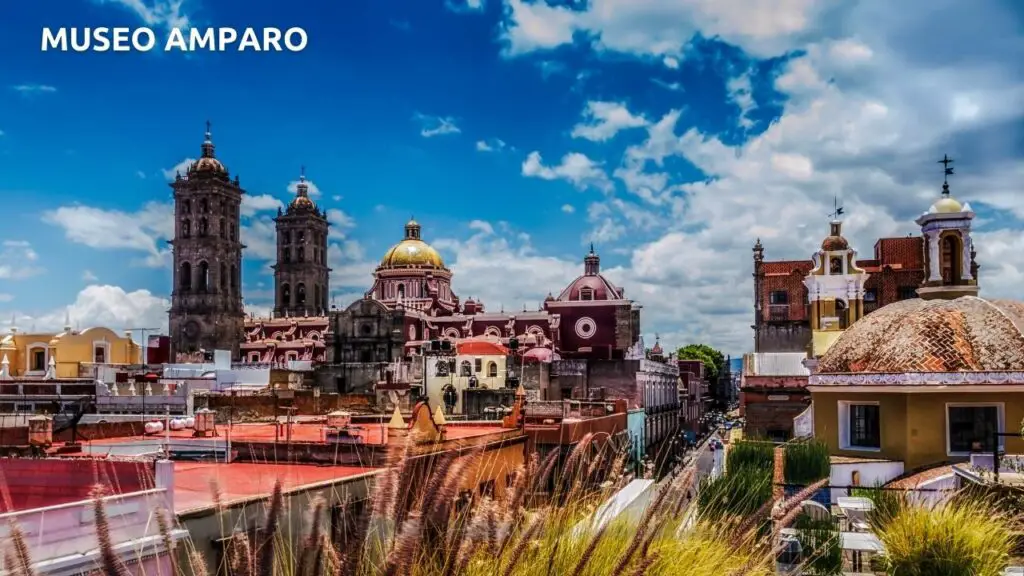
The museum is located in two colonial complexes with modern annexes.
It is a suitable city for a tour of the country’s past.
Many artefacts have been curated by entrepreneur Manuel Espinosa Yglesias throughout the 20th century.
The pre-Hispanic collection is vast and totems, pottery, everyday items, sculptures and altars from numerous civilizations, including the Mayans, Olmeks, Aztecs and Mixtecs. Although there are Totonacs, Teotihuacans, Huastecs and Zapotecs as well.
Capilla del Rosario in Puebla, Mexico
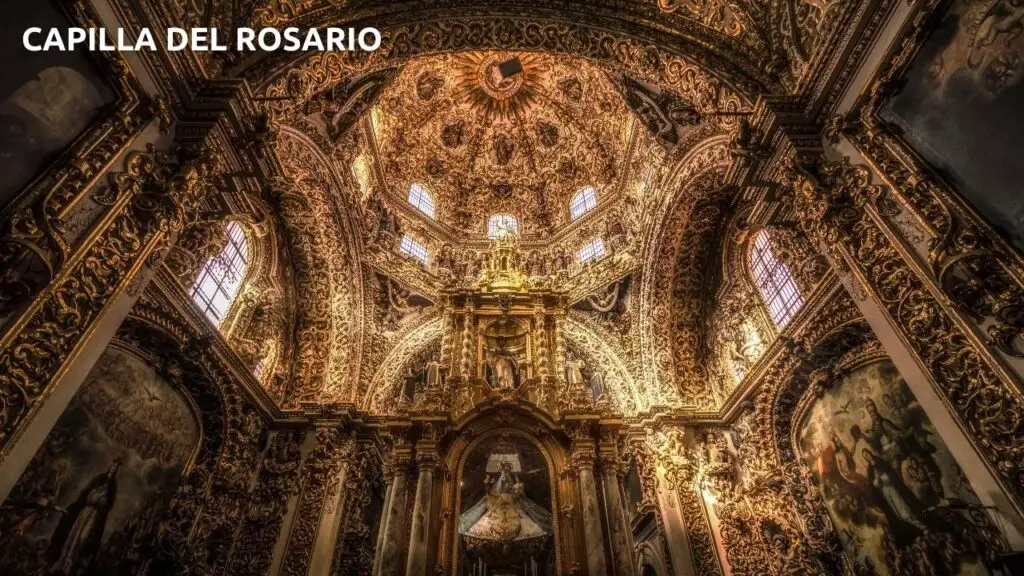
After being completed in 1690, Capilla del Rosario was considered the eighth wonder of the world.
Almost all surfaces of this barrel-arched chapel are covered with stucco, cast in dimly intricate patterns and decorated with gilding.
On the altar is a Statue of the Rosary in the Baldachin in Solomon’s time. On
the walls of the chapel there are nativity scenes. The Annunciation, the visitation, the birth of Jesus, the worship of the Magi, among the doctors. There are baroque paintings of presentations and Christs etc.
The walls below these works are colorful tiles made in Puebla and clad using the Talavera technique.
Puebla Cathedral | Mexico
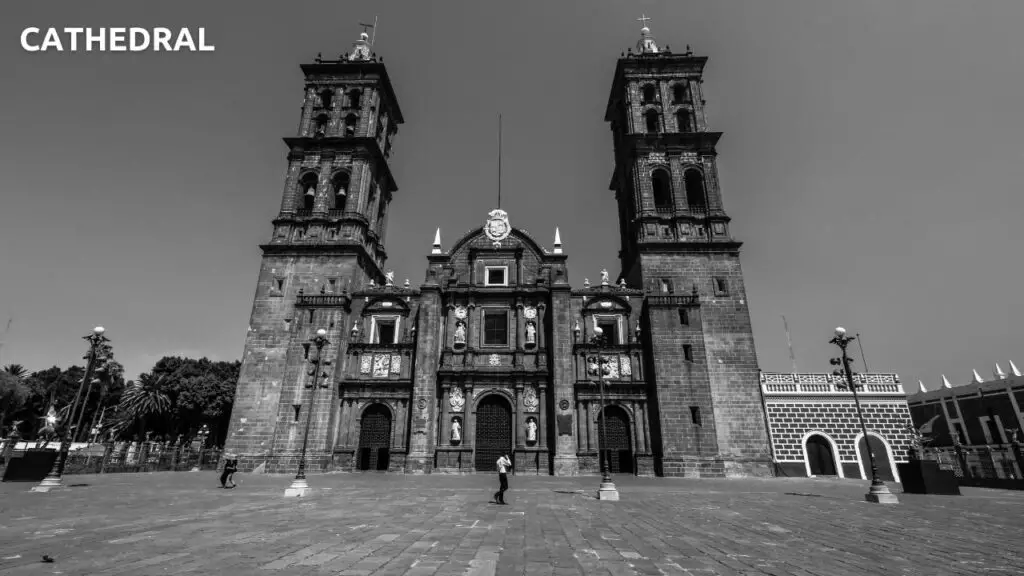
Started in 1575 and completed in 1690, Puebla Cathedral is part of the World Heritage Site, including the city’s historic sites.
The building was built in Herrerian style at the turn of the Renaissance and Baroque periods. It is decorated and filled with high-quality woodcarvings, goldsmiths, paintings, chapel artefacts and stonework.
The magnificent Altar (Altar of the Kings) is the burial site of numerous Puebla bishops and was built by 18th-century Neoclassical architect and sculptor Manuel Tolsá.
On top of this, in the dome of the apse, a glorious tempera painting from 1688 by the Baroque artist Cristobal de Villalpando.
Representing the triumph of the Eucharist, this cathedral is one of the few tempera paintings preserved in Mexico.
Zócalo de Puebla, Mexico
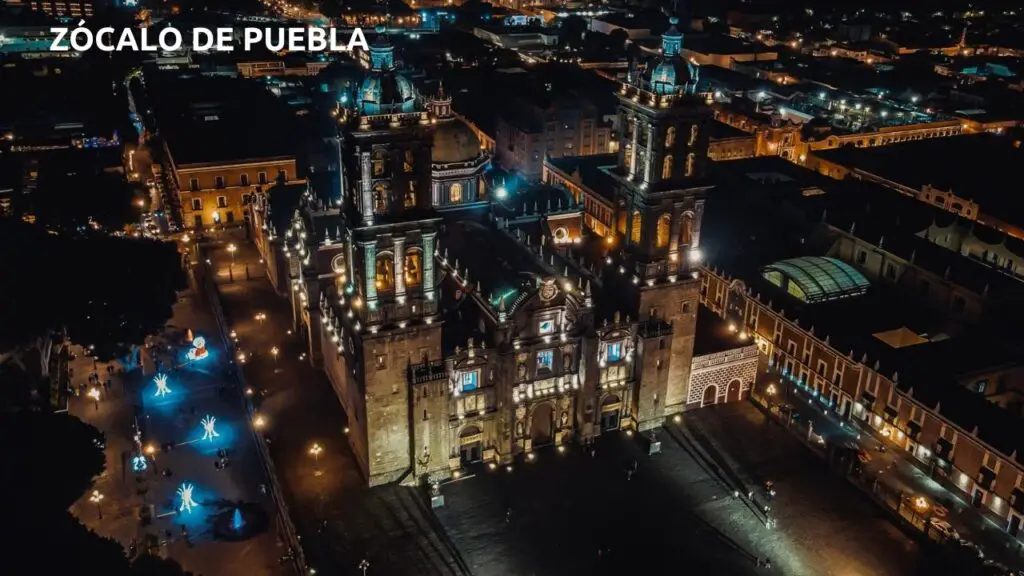
Essentially the place where the city was founded in 1531, Zócalo is Puebla’s central square.
The cathedral is to the south of the square, and to the north is the delightful shopping arcade Palacio Municipal (City Hall). there is. Pasaje del Ayuntamiento.
On three sides there are colonial and municipal buildings, most of which are privately owned by restaurants.
You can also start the day at the restaurant with a view
of the square. Among the palm trees on the square are blue flowers and an orthopedic garden with balloon sellers and shoemakers, at the center of which is a baroque fountain from 1777.
Baroque International Museum
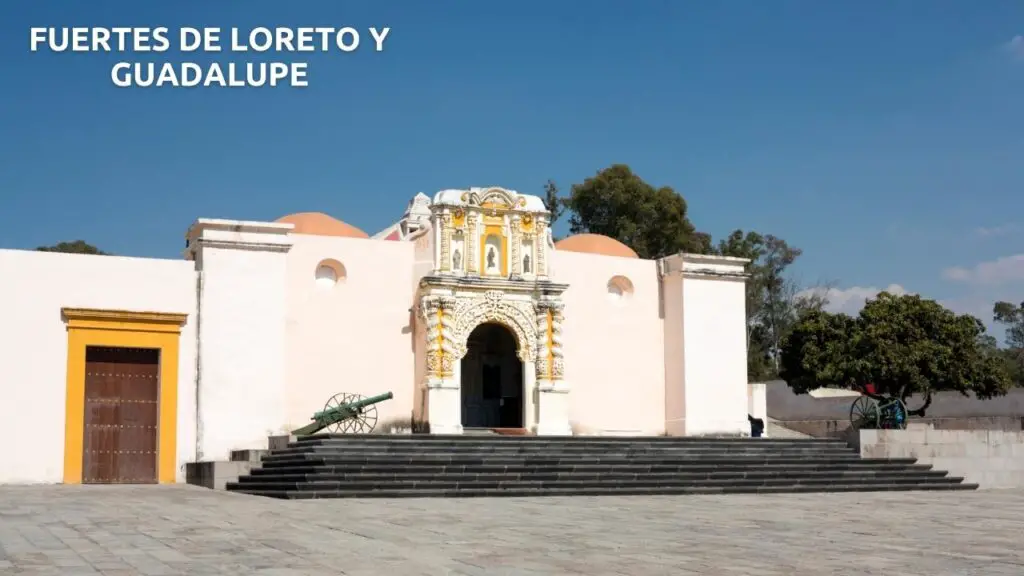
This new museum is a Baroque style of art, architecture and music that defined much of the 17th and 18th centuries in Europe and the New World. The museum building is built by Pritzker Laureate Ito. Designed by Ityo Too, the concept of baroque movement, the contrast of light and shade (chiaroscuro), and the relationship between man and nature.
Don’t expect baroque art and crafts. Because the museum is conceptual, it explores its religious origins (counterrevolution), philosophy, and the driving forces of the Baroque movement.
St. Peter’s Cathedral in Rome, Ottobeuren Abbey in Bavaria, and Capilla del Rosario in Puebla del Rosario), there are studies of baroque wonders.
The Puebla model is also interesting, given the heyday of the Baroque in 1754.
Fuertes de Loreto y Guadalupe
Acueyametepec Protecting the old center at the top of the hill are two 19th-century fortresses from the time of the Second French Arbitration (1861-1867). These are named after the Virgin of Loreto and the Virgin of Guadalupe, the hermitages established here in the 16th century.
They saw action when they successfully helped the city against French forces at the Battle of Puebla in 1862.
The story of this battle is told in a museum inside Fort Guadalupe, both buildings stocked with weapons, documents, characters and uniforms from that time.
Also, You can take a walk in Acueyametepec’s park or enjoy the panoramic views of Puebla.
You may are interesting to read about Oaxaca | Mexico

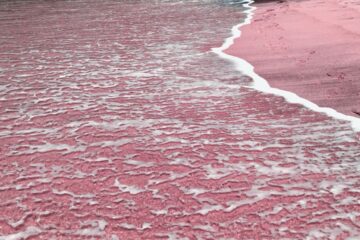

0 Comments